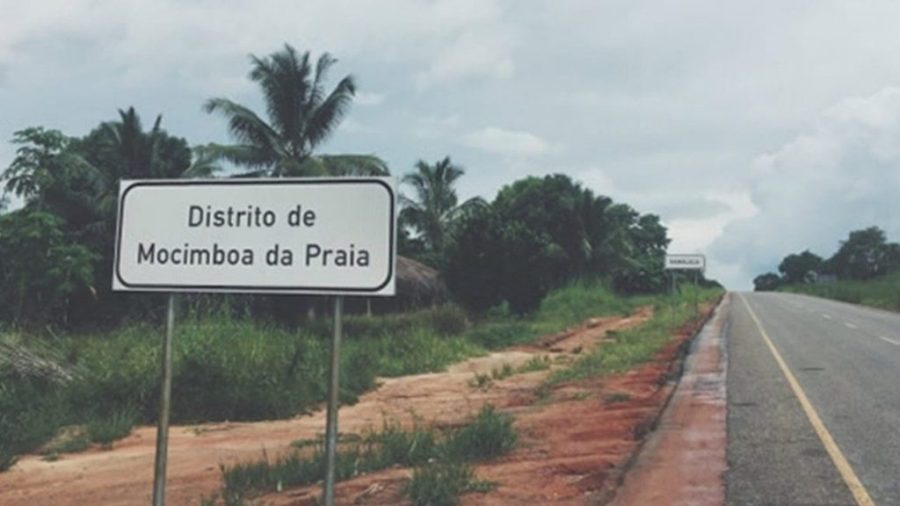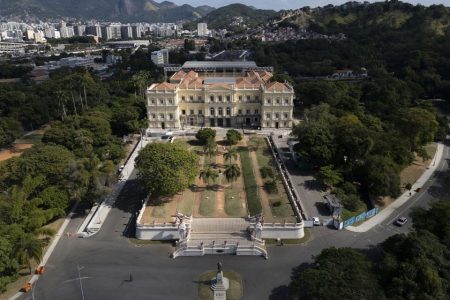Ports and Railways of Mozambique (CFM) is working on the rehabilitation of port infrastructure in Mocímboa da Praia, Cabo Delgado province.
The exact budget figure has not been revealed, but it is known that CFM has laid down that the government officials of the northern region must this year restore conditions for the resumption of activities at the Port of Mocímboa da Praia.
The government has recently indicated that the rehabilitation of state infrastructures destroyed in at least seven districts by the armed conflict in Cabo Delgado will cost close to 638 million meticais (US$10 million).
Most of the funds will be invested in Mocímboa da Praia, one of the districts worst affected by the violence.
The Port of Mocímboa da Praia is of prime importance for the logistics of the entire economy of northern Cabo Delgado province, especially the liquefied natural gas projects in the district of Palma.
Mocímboa da Praia town is about 70 kilometres from the construction area of the liquefied natural gas (LNG) project led by French group TotalEnergies.
CFM is also committed to expanding the Port of Pemba this year, with a view to capitalising on the oil and gas projects.
Earlier this week, the authorities in Cabo Delgado announced that the reconstruction of Mocímboa da Praia will include urban redevelopment to improve the lives of the residents and improve neighbourhood security.
When Mocímboa da Praia was recovered after just over a year’s occupation by the terrorists, it had been looted and almost all public and private infrastructure had been destroyed, including energy, water, communications and hospital installations.
Almost the entire population, an estimated 62,000 people, left the coastal town during the four-year conflict, especially after the intensification of terrorist actions in June 2020.






